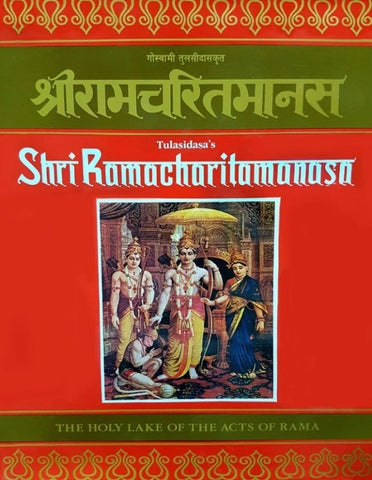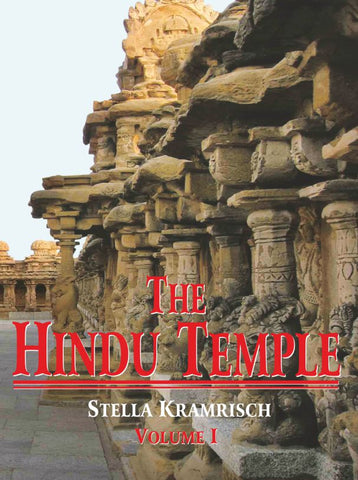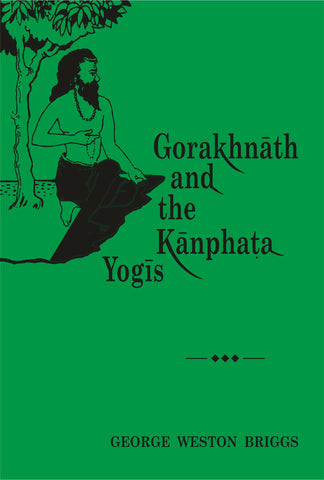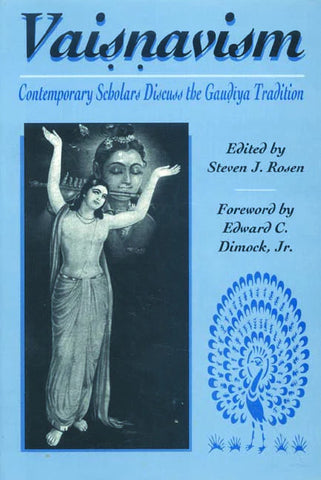Your cart is empty now.
A Vedic Concordance is a monumental work by the famous American Sanskritist Maurice Bloom field planned, prepared, and published during the years 1892-1906. It affords primarily, an easy and ready means of ascertaining the following things: First, where a given mantra occurs if it occurs but once; second, whether it occurs elsewhere, either with or without variants, and in what places, and third, if it occurs with variants, what those variants are.
One hundred and nineteen texts in all have been drawn upon for contributions to the Concordance comprising the following ten classes: 1. Samhitas; 2. Brahmanas; 3. Aranyakas; 4. Upanisads; 5. Srautasutras; 6. Grhya-sutras, Mantra Pathas, and related texts; 7.-Dharma sutras, Dharma-sastras, and Smrtis; 8. Vidhana texts; 9. Ancillary texts of the Veda; 10. Four miscellaneous texts.
The author has endeavored to embody in the Concordance with absolute completeness the following: All the stanzas and all the prose passages of formulaic characters contained in the Samhitas, Brahmanas, Aranyakas, older Upanisads, Srauta-sutras, and Grhya-sutras. In the case of later Upanisads or of the metrical Dharma-sastras and Smrtis, or such a text as Rg-vidhana he has adopted a selective method. From the latter texts he has culled whatever appeared to have Vedic form or Vedic flavor. The Concordance also includes a very considerable amount of material not yet published.
The Concordance may also be readily put to certain indirect or secondary uses, which are scarcely less important for the systematic progress of Vedic Study. Since the Concordance gives not only the places of actual occurrence of a given mantra in the Samhitas but also the places where it is cited in the subsidiary works on ritual and household custom and life, it furnished the key to the liturgical or ritual employment of every mantra as prescribed by the ceremonial books.
CONTENTS
| The general plan of the Concordance | |||
| The Concordance is part of a larger scheme | vii | ||
| Conditions of the problems which the Concordance involves | vii | ||
| Primary uses of the Concordance | |||
| 1. | It is a comprehensive index of all mantras | vii | |
| 2. | It registers the variants of mantras not wholly identical | vii | |
| Secondary uses of the Concordance | |||
| 1. | It is a key to the liturgical employment of the mantras | viii | |
| 2. | It is virtually a finding index of rites and practices | viii | |
| 3. | It is a tool for future editors of Vedic texts | viii | |
| 4. | It is a repertory of the most archaic Hindu prose | viii | |
| 5. | Miscellaneous uses (Vedic schools: grammar: mythology: etc.) | viii | |
| Scope of the Concordance | |||
| 1. | Certain published texts not included | ix | |
| 2. | Unpublished texts included | ix | |
| General statement of the number and kind of works included | ix | ||
| The Concordance rarely reports variants registered in the critical apparatus of a given edited texts | x | ||
| Orthographic details reported or neglected | x | ||
| Occasional suggestions of emendation | x | ||
| Future works complementary to the Concordance | |||
| The working-up material of texts yet unedited | x | ||
| The elaboration of a reverse concordance | x | ||
| Acknowledgment of obligations | |||
| To the University Press of Oxford | xi | ||
| To pupils and colleagues
|
xi | ||
| The general scope of these explanations | |||
| Bibliography of the works cited and abbreviations of their titles | xiii | ||
| Methods used in reporting the variants | xiii | ||
| General remarks on the character of the variants | |||
| No hard and fast line between truly variant and vaguely similar passages | xiii | ||
| True variants. Uha-padas | xiii | ||
| Variants in padas other than the first | xiii | ||
| Essential similarity with a wide divergence of wording | xiii | ||
| Cases of partial correspondence: At the beginning; at the end; in the middle | xiv | ||
| Methods used in reporting the variants | |||
| 1. | Variants for which the alphabetic order does not require more than one entry | xiv | |
| 2. | Variants involving more than one alphabetic entry | xv | |
| Use of cross-references introduced by See | xv | ||
| Use of cross-references introduced by See under | xv | ||
| Use of cross-references introduced by Compare (Cf.) | xv | ||
| Bibliography of the works cited, with abbreviations of their titles | |||
| Classified bibliography of the works cited in the Concordance
|
xv | ||
| 1. | Alphabetic list of abbreviations of the titles of the cited texts | xxi | |
| 2. | List of a few other abbreviations used in the Concordance
|
xxii | |
| Alphabetic list of Vedic mantras with citations and variants | 1-1076 | ||
| Additions and corrections | 1077-1078 | ||
Delivery and Shipping Policy
- INTERNATIONAL SHIPPING
- Rs.1000-1100/kg
- ESTD. Delivery Time: 2-3 weeks (depending on location)
- Bubble Wrapped with Extra Padding
- NATIONAL SHIPPING
- NCR: Rs. 30/half kg
- Standard: Rs. 80/half kg
- Express shipments also available on Request
- ESTD. Delivery Time: Ranging from 1-4 days up to 7 business days (Depending on your choice of Delivery)
- TRACKING
- All orders; national or international, will be provided with a Tracking ID to check the status of their respective orders
- Depending on the Shipping Service, Tracking ID may be used on their respective tracking portals
Frequently Asked Questions (FAQs)
Domestic Shipping: 3-4 Days (after shipping)
International Shipping: 1-2 weeks (based on your location)
You will receive an email once your order has been shipped or you can email us if you didn't receive tracking details (info@mlbd.co.in)
Every book that we sell is the latest edition except all the rare books
Yes, we do provide free shipping, only on domestic orders (within India) above Rs.1500

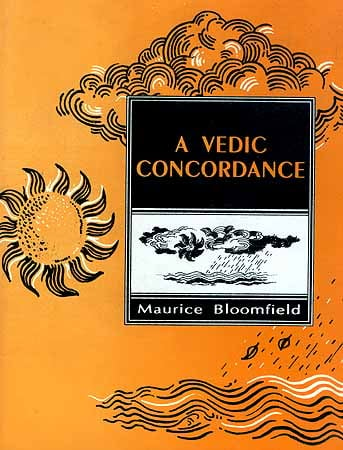
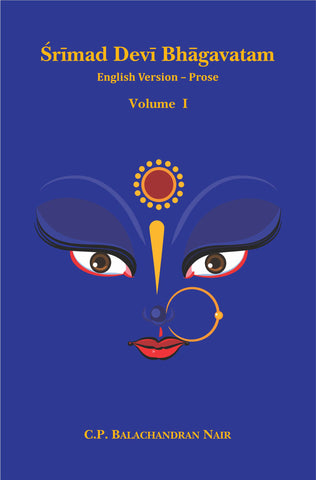
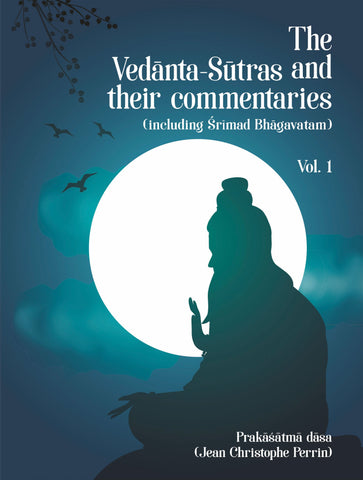
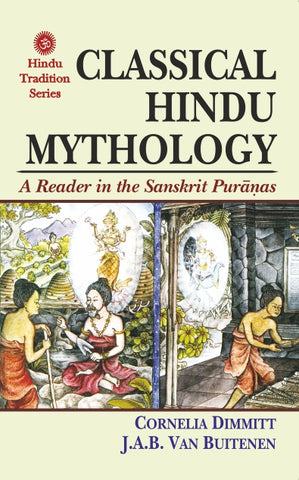
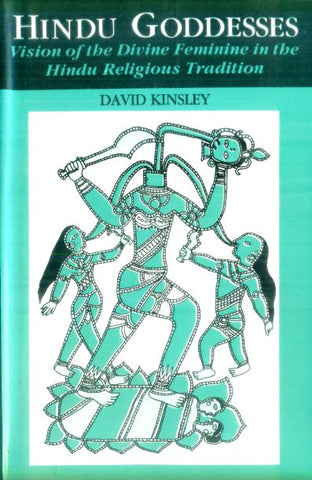
![Advaita Vedanta mein Gyan evam Bhakri : Darshnik Vimarsha [Knowledge and Devotion in Advaita Vedanta : Philosophical Discourse] by Dr. Satyakam Mishra and Dr Karan Sigh](http://www.motilalbanarsidass.com/cdn/shop/products/ADVAITAVEDANTAMEGYAN_large.jpg?v=1675408211)
